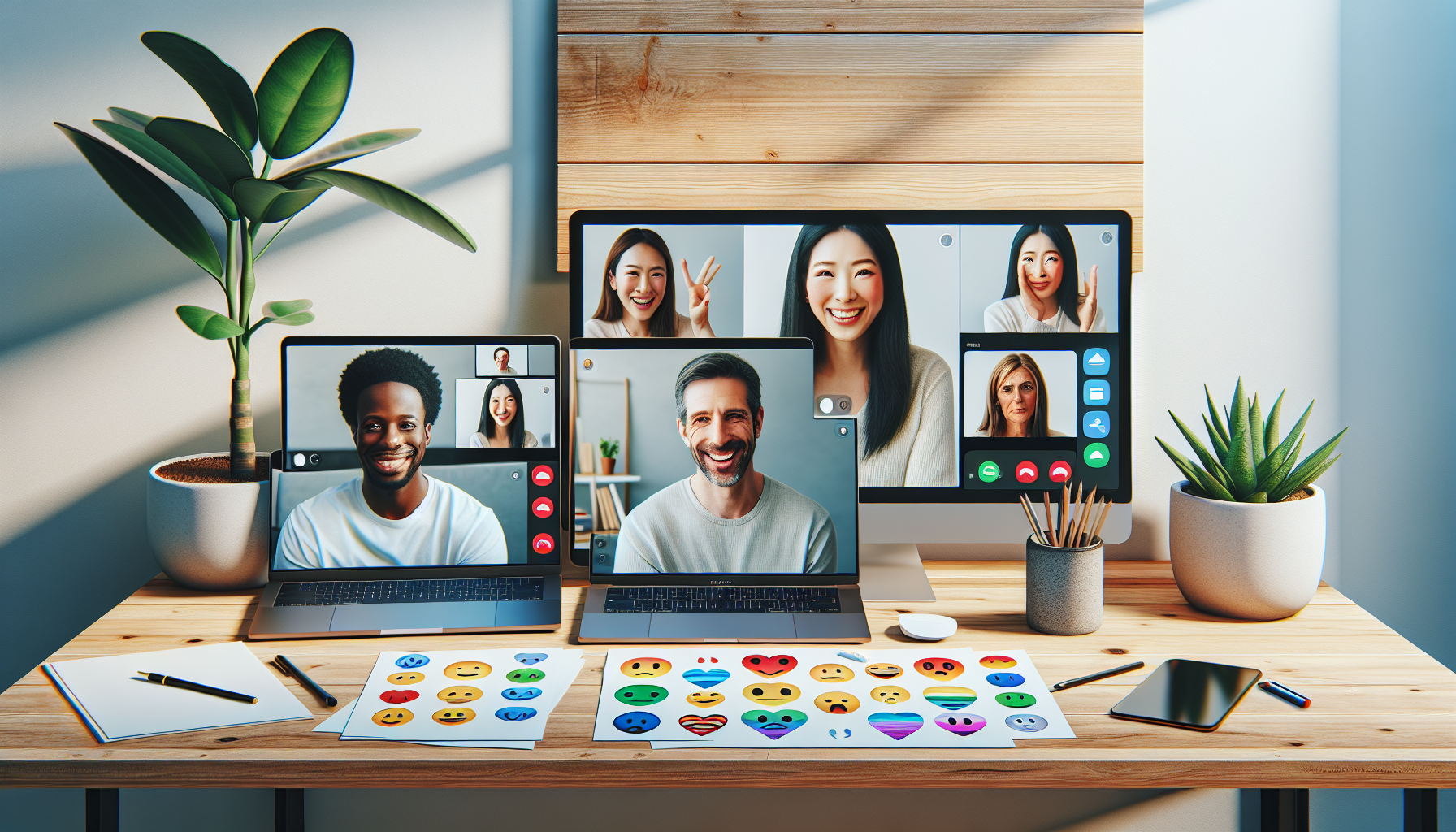Understanding the Link
The advent of the technological revolution has not only transformed our everyday life but also our mode of communication. With this evolution, however, mental health professionals have been examining the potential effects of digital communication on our mental health. Although the discussion often sways towards the negative influences, one cannot dismiss the benefits it offers when utilized in a balanced manner.
Phenomenon of Digital Communication
Digital communication entails using Electronically Supported Communication (ESC) tools that encompass email, social networking sites, text messages, video calls, and various other online platforms. The very essence of digital communication lies in instant, borderless, and real-time sharing of information.
The Bright Side
One cannot belittle the invaluable role that digital communication has come to play in shaping the landscape of mental health care. Its reach and convenience offer some notable benefits.
- Accessibility: Specialists can extend their services to remote areas. People residing in such areas have the chance to avail of psychological support which otherwise would have been unattainable.
- Anonymity: Digital communication guarantees anonymity and thereby helps overcome the stigma around mental health, encouraging more people to seek support.
- Availability: Digital platforms work round the clock. This immediate accessibility to information help those experiencing a psychological emergency.
- Community Building: Social media platforms and online forums provide safe spaces for people facing similar mental health issues to share, learn and support each other in their journey.
A Double-Edged Sword
However, this convenience and ubiquity of digital communication can also serve as a breeding ground for mental health problems. In excess, it may lead to a multitude of issues, a few of which are listed below:
- Isolation: Digital communication, despite its capacity to connect, can paradoxically create feelings of loneliness and isolation due to the lack of face-to-face interaction.
- Cyber Bullying: Online platforms open avenues for cyberbullying, resulting in anxiety, depression, and lower self-esteem in victims.
- Social Comparison: Increasing exposure to ‘perfect’ lives on social media often triggers feelings of inadequacy, low self-esteem, and depressive symptoms.
- Information Overload: Overexposure to information can lead to stress, anxiety, and fatigue, also known as ‘tech-stress’.
Digital Communication – A Tool for Mental Health
It’s clear that like any other tool, digital communication is a double-edged sword. It can both help and harm mental health, depending on how it’s used. A positive approach would be to adopt responsible and mindful usage of technology.
“Finding the right balance is the key. It involves being conscious of our tech habits, recognizing its adverse effects and ensuring its use complements rather than hinders our mental well-being”—Anonymous Expert
Also, encouraging the development of digital health tools that focus on mental health could be transformative. Apps that help manage stress, anxiety, and depression or that promote wellness and happy habits can play a significant role in providing support and aid.
Wrapping Up
In conclusion, digital communication is an important fixture in our lives with both positive and negative implications for mental health. While it affords increased accessibility to mental health resources and a sense of community, negative consequences like online harassment and feelings of isolation highlight the need for responsible digital communication use. The key is to harness this tool in a way that protects and nurtures our mental well-being, and a perfect equilibrium is needed between digital connection and personal well-being.
